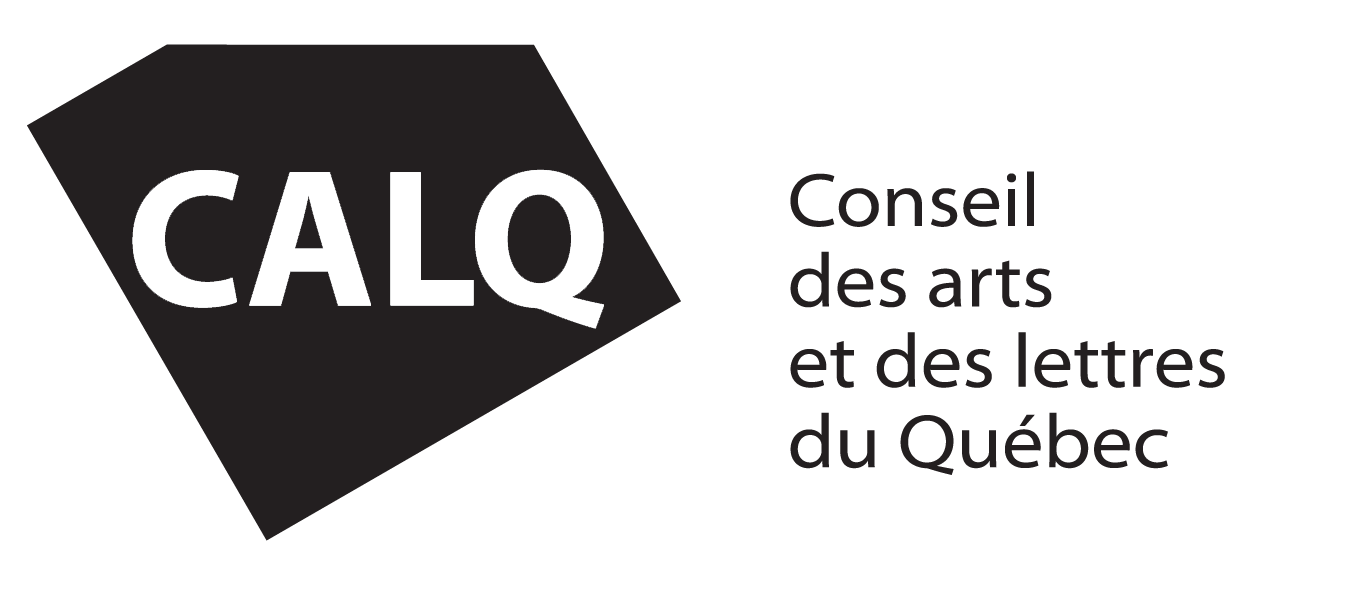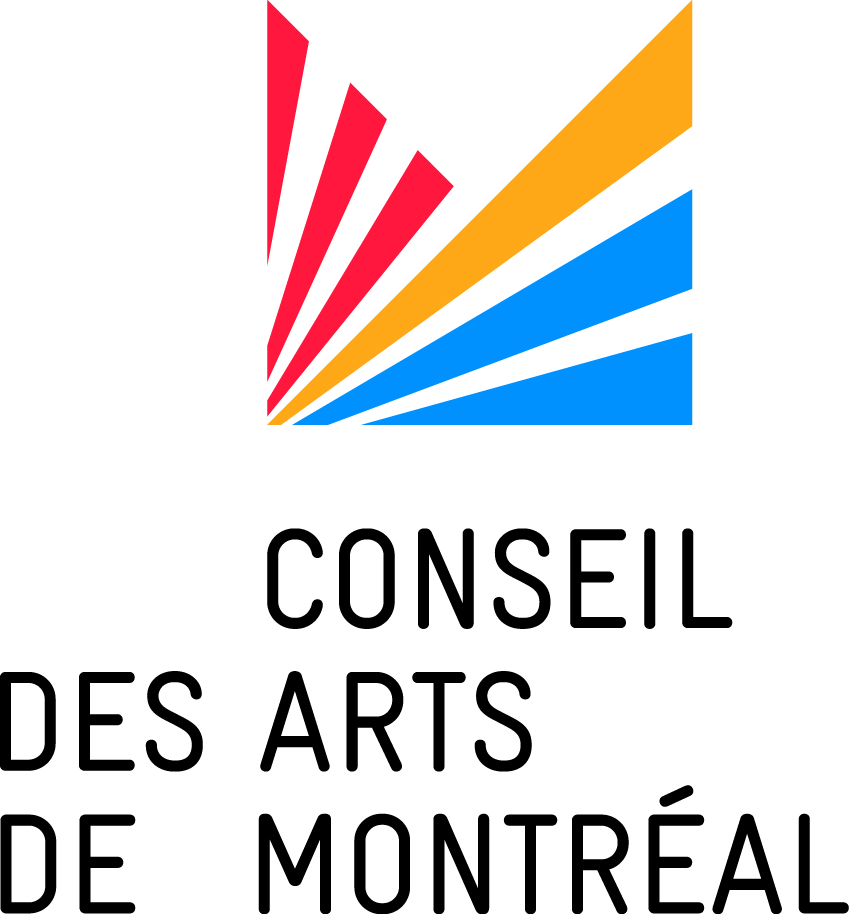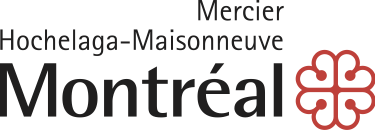Gallery owner Jean-Pierre Valentin, who typically opens each of his seasons with a prestigious exhibition, selected the work of Guido Molinari as the theme for autumn 2013. He has selected paintings and drawings made between 1955 and 1959, which constitute, in addition to their intrinsic value, an irreplaceable introduction to the works of the 60s and following years.
By the mid-nineteen fifties, Guido Molinari was no longer only the impetuous still-teen-aged Dadaist whose paintings created in total darkness provided the members of the Automatiste school with lessons on…true automatism. Nor was he merely a “prophet of freedom and mental fertility”, in the words of poet Claude Gauvreau. Indeed, the artist who half-jokingly described himself as the “theorist of Molinarism”, had become a force to be reckoned with: assisted by Fernande Saint-Martin, Molinari opened an art gallery wholly devoted to non-figurative art called L’Actuelle, which despite its brief existence would prove to be the most stimulating intellectual venture of the decade. (Notably, the gallery will show the watercolours created by Borduas during his exile in New York City). Immediately prior, Molinari had been in charge of exhibitions at the L’Échourie restaurant, another mythical venue where the artist had his own first solo show.
In 1955, he participated in Espace 55, the prestigious exhibition put on by art patron Gilles Corbeil at the Montreal Museum of Fine Arts, with six works about which Rodolphe de Repentigny, the most respected critic of his day, wrote: “The drawings by Molinari occupy a place of their own in this exhibition”. It was on this occasion that Borduas, invited to the opening by Corbeil, took to degrading Montreal painting in comparison to that produced in New York. In the debate which followed between Fernand Leduc and Borduas, Molinari sided with the latter, writing a celebrated essay entitled “L’Espace tachiste ou Situation de l’automatisme” (Spatiality of Spontaneous Forms or the State of Automatism) which dwells on the Cézanne-Mondrian-Pollock filiation, and more importantly, on the need for any movement to put forward its own structure of the pictorial space. It is worth remembering that in 1955 Molinari made a trip to New York, where he was highly impressed to see in person the works of Kandinsky, Mondrian, Pollock and de Kooning, and that L’Actuelle hosted a show of American painting in exchange for an exhibition of nine L’Actuelle painters at the Parma Gallery in New York City.
Generous with his resources and his time, Molinari also participated in the launch of the Non-Figurative Artists Association of Montreal, of which he was to be the first treasurer; the sole purpose of this group was to organize shows for its members. The first annual exhibition of the NFAAM was held in the lobby of the Hélène de Champlain restaurant, an establishment run by the Montreal Parks Department, where Molinari showed a painting titledAbstraction, 1955, which would become one of his best-known works. Pierre Théberge would later comment that this work was “remarkable not only by its dimensions, but by the clarity of its conceptual premise: the brilliant black, instead of creating a hole within the white surface, affirms its status as a colour and becomes as much a part of the surface of the work as does the white. Molinari posited the spatial equivalence of black and white, and created for himself the dynamic balance of the surface which had originally been discovered by Mondrian”.
And the story was just getting underway.
– Gilles Daigneault







